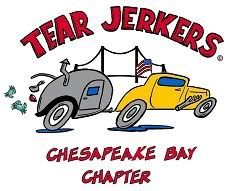In this post I will get through raising the walls and finishing the framing. First I raised the head and foot bulkheads. The vertical members in the head are located to attach electrical boxes to, and the foot to mirror the floor joists underneath. I went ahead and drilled all the holes, pulling the wiring through before setting the bulkheads. In this picture you can see the rejected trim ring from the first varnishing attempt, it has a rough mock-up of the cabinetry for the galley hanging in it.

I skinned the bulkheads to square them up and attached the port side. I set it in a bed of silicone caulk and glued and screwed it to the floor and bulkheads, being careful not to place a screw beyond where the trim ring will cover. In the foot bulkhead I had to pick the perfect length screw and drive them from the interior, sweating the whole time and praying it did not pierce the exterior skin. I followed the same procedure for the starboard side. At this point I could really appreciate all the work of preparing the sides with their candy coating of varnish, water will never get to the wood.

The last easy, flat piece of framing was the ceiling. It has a rough opening of 14 x 14 1/2 for the attic fan. Originally I made it straight 14 x 14, but changed it after hearing how difficult it was for our friend Trina to install hers without leaving a cavity for the fan wiring. Thanks Trina!
The final step of framing was the curved portions. The rejected trim ring came in super handy. I cut out the parts of the curve I needed, used them as templates to cut out mirror images for the other side, and installed them with the framing.

This gives a guide at the edges for the interior paneling and provides a nailing surface to hold it in place.
The one thing I don't have is a good picture of the cabinet bulk head. It will serve as the back wall of both the galley and cabin cabinets. It is about 16 inches forward of the foot bulkhead, its bottom is the same height as the top of the foot's, and it runs all the way to the top of the trailer. The top member is a full 2x4 on edge with the top edge ripped to match the curvature of the side. I went with a more stout framing member because it will be what the galley hatch hinge is attached to. I promise to include a picture in the next post to clarify what I am talking about.





























 I'm
I'm  I'm
I'm 




